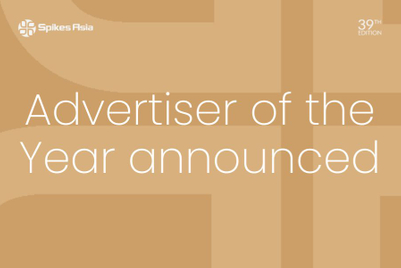
Greg Paull, principal with R3, is blogging from the ANA Advertising Financial Management Conference in Naples, Florida, where 400 of the world’s biggest procurement and marketing leaders have gathered with agencies and consultants for a three-day talkfest.
“It’s easy to cut agency fees—just cut them. It’s hard to be fair.”
So said Sarah Armstrong, the Director of Worldwide Agency Operations for Coca-Cola in a stirring one-hour presentation on their company’s third iteration of value-based compensations. Sharing far more than any other marketer, Sarah took us through the history of the approach, the details and even how much Coke was paying out in bonuses (the average is around 19 per cent, across 659 assignments.
Most seem shocked at the work involved from both sides to get to fairness, but when you think about the marketing budgets at risk, it makes sense to try harder to get the best agency talent on a value base. In 2008, Coke became the first—and still the only—major marketer to migrate to a value-based agency compensation system, paying based on investment priority, strategic challenge, the SOW management process, talent and industry dynamics of each campaign. Is it perfect? For sure not. But is it a step forward to paying agencies more for ‘slow work’? Indeed.
The day kicked off with a neat piece from Rishad Tobaccowala, the chair of DigitasLBi and Razorfish, who went acapella style—without any Powerpoint. He won the day for the most snappy one liners: “The future of marketing is less about advertising and more about utility and services. By disrupting people with ads, we show them we do not value their time”.
He cited the Walgreens app as one great example. He also made it clear that with Google, Facebook and Twitter’s expansion, “We are in a massive growth industry, but someone forgot to tell you. Everyone thinks it is The Hunger Games”. Too many talented people are leaving agencies for ad tech.
The ANA went through in detail the results of its second wave of study on procurement. While it was clear things were improving between marketing and procurement, there is not enough love yet between the latter and agencies. From where we sat, it was clear there needs to be more continued communication on both sides, as neither can survive without the other. It was refreshing to see most of the agency financial heads were here—both from the 4As and independent agencies. Hopefully over a wine or two poolside, more bridges can be built, and we can all get back to building brands again.
We were lucky enough ourselves to get a slot in the afternoon to talk about some of the myths and challenges surrounding digital agencies from a creative and media standpoint. Too many marketers are still applying their traditional rose-tinted traditional agency glasses to firms with very different talent, business models and engagement capabilities.
The good news is that there’s a hunger to learn more. Let’s hope that hunger doesn’t turn into a game. You can see our complete presentation here, and don’t miss the video we showed of the Oregon Government’s $250 million website failure (warning, some of it is NSFW).


.jpg&h=334&w=500&q=100&v=20250320&c=1)



.png&h=334&w=500&q=100&v=20250320&c=1)
.png&h=334&w=500&q=100&v=20250320&c=1)
.png&h=334&w=500&q=100&v=20250320&c=1)

.png&h=334&w=500&q=100&v=20250320&c=1)






.png&h=268&w=401&q=100&v=20250320&c=1)

